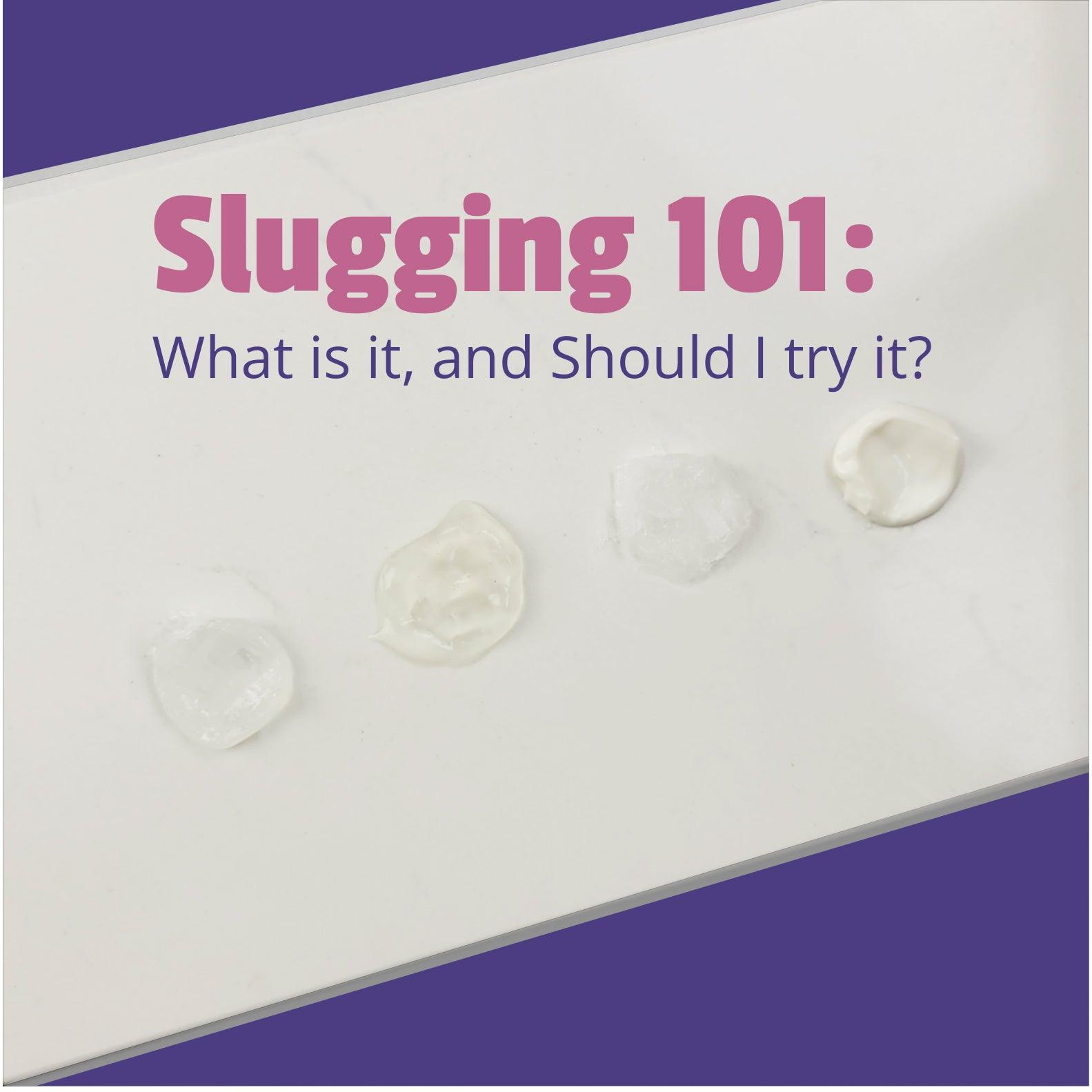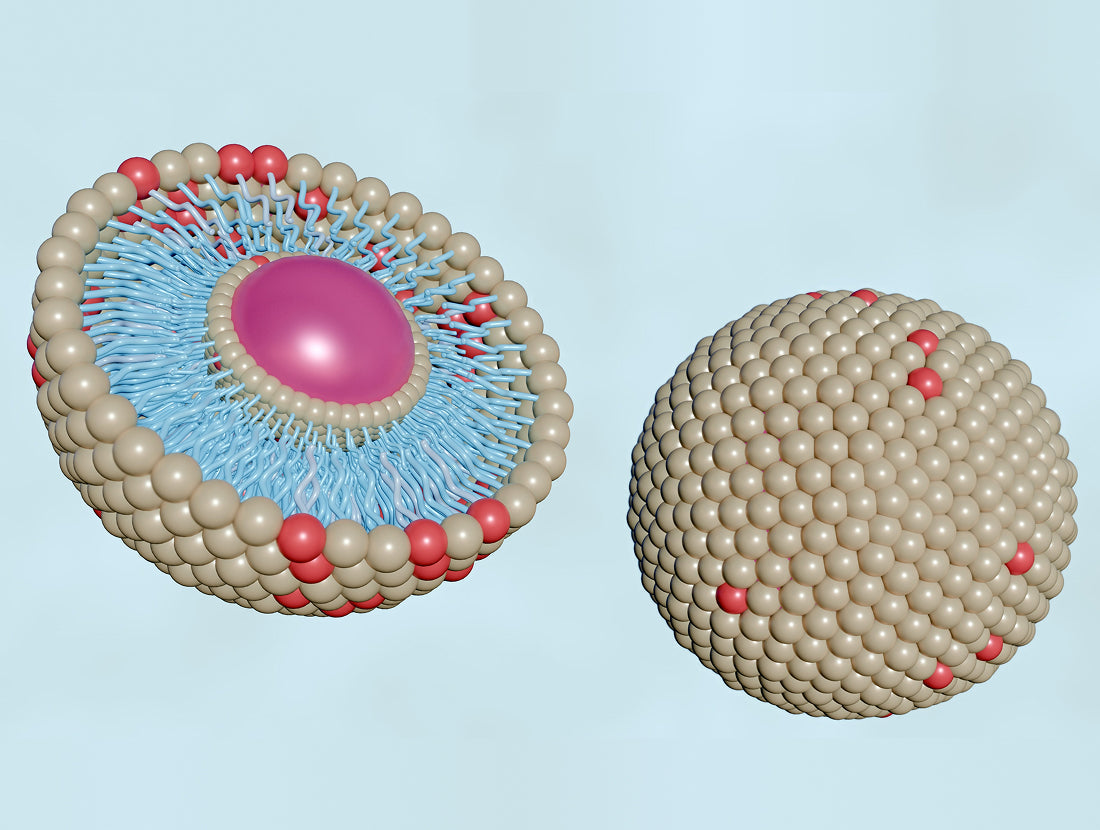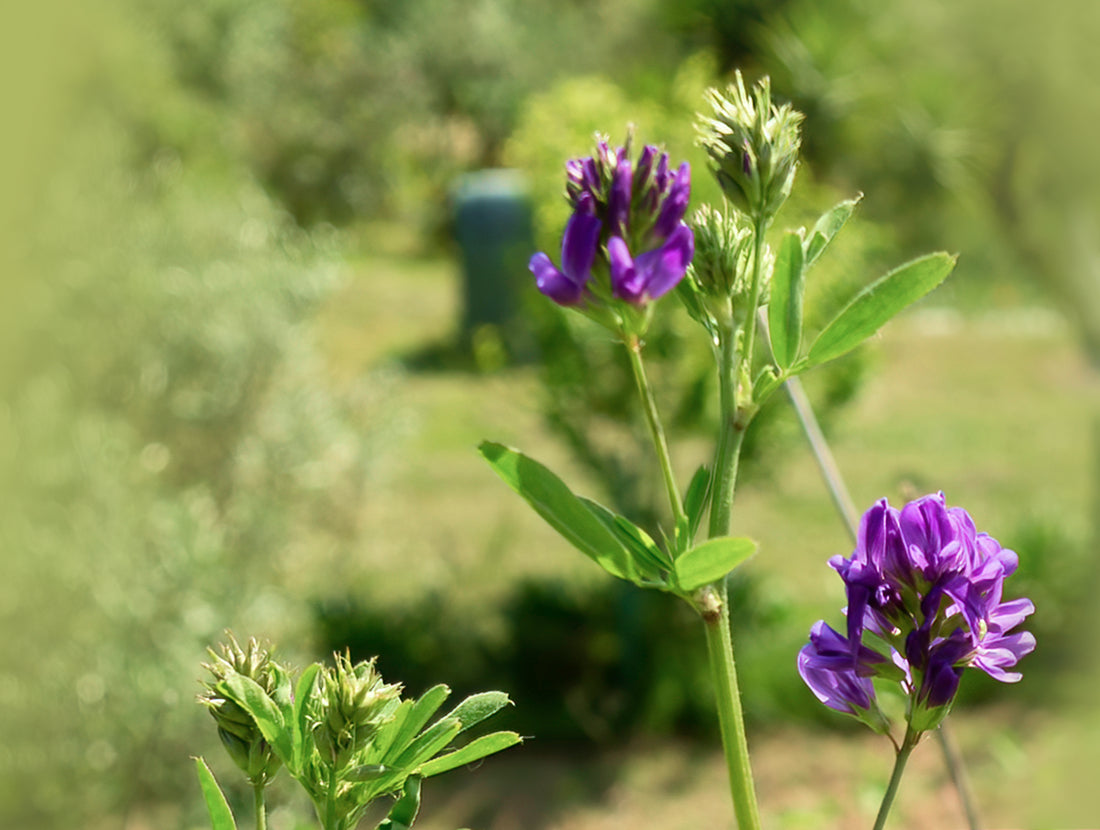The name may not be very appealing, but slugging is a skincare method that has been gaining popularity over the last couple of years. If you’re on skincare TikTok, you’ve probably seen slugging videos come across your feed, but otherwise you may not have heard of this night time trend.
What is Slugging?
Slugging is the process of slathering your face with a petroleum-based balm or thick moisturizer as the last step in your evening skincare regimen before bed. The name comes from Korean beauty, where people said it made them look slimy like a slug.
The goal is to lock in moisture by preventing transepidermal water loss (more on that below) and encourage absorption of the serums and moisturizers you apply as part of your routine.

What is Transepidermal Water Loss?
Transepidermal water loss (TEWL) is a natural process, by which water evaporates from the skin. However, despite being a normal function of healthy skin, having a higher rate of TEWL is an indication of a damaged or impaired skin barrier. Healthy skin tends to retain moisture better and exhibit a much lower rate of water loss. Read more at the British Journal of Dermatology or Leslie Bauman MD.
Should I Try Slugging?
Like most things with skincare, the answer to whether slugging is right for you is that it depends. If you struggle with dry or very dry skin, slugging could be a great solution to help you restore hydration and help you wake up feeling refreshed. Just remember to skip using retinol on the nights you slug to avoid extra irritation.
If you have combination skin and want to give slugging a try, avoid the oily parts of your face. For most people with combination skin, that would mean staying away from the T zone and slugging only on your cheeks.
For people with very oily or acne-prone skin, this is one trend you should probably sit out, as slugging is likely to exacerbate your skin concerns.
Recommended Products

EltaMD Laser Balm - this product is intended to help skin heal after procedures, which is why it's so great for slugging & healing your skin barrier overnight. It's thick and waxy, but melts with your body heat and goes on smoothly.
ClarityRX Healing Fine | Barrier Ointment - Another product designed to help post-procedure skin, Healing Fine is a nice, thick ointment that gives your skin the protection it needs to heal & slow Transepidermal Water Loss. It even includes Vitamins A and E to enhance the process.
Alastin Soothe and Protect Recovery Balm - Alastin's version of a post-procedure healing balm is luxurious and super-hydrating. It comes in a generous 4 oz size, which is great if you plan on using it to slug routinely.
Bonus non-petroleum moisturizer option: Obagi Hydrate Luxe - If you like the idea of slugging but don't quite love the idea of slathering a petroleum product on your face, this thick night moisturizer is a great alternative option. This isn't an occlusive cream, so it won't lock in water loss as well, but that may be better, depending on your skin type. It's extra-hydrating, deliciously smooth cream that absorbs overnight to help you wake up feeling fresh and moisturized.





